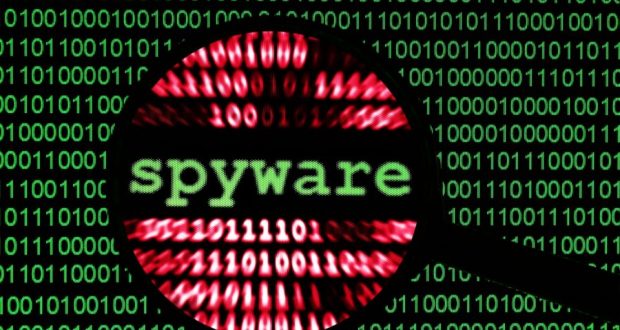Spyware draws its name from its ability to remain undetected while working its own agenda on your computer. It can be used to initiate unwanted pop-up ads, collect data about how you use the Internet, what keystrokes you make, passwords you use and other personal information. If you order items online or conduct online banking, your activity may be just what this type of malware is after.
Symptoms to Look For
If it seems like your computer has slowed to a crawl, it could be the work of spyware. Symptoms include trouble with or blocked Internet connections, limited connection speeds, and redirection of your browser searches. Additional signs of malware include:
A lengthy or endless series of pop-up windows
New toolbars and icons turning up that you didn’t install
A variety of error messages that appear on a random basis
Some keys, such as the tab key, don’t work in the browser anymore. You’ll notice this if you are filling out a form online and can’t tab to the next field.
How Spyware Gets Onto Your Computer
Malware is usually installed unknowingly by the user when he or she installs free online software. Another method, known as a Trojan horse, tricks the user into downloading it by posting as free security software. Spyware designers have even managed to piggyback their malware with freeware. Another means of spyware delivery is known as “drive-by” downloading. This modern technique is launched by a simple visit to a website, no clicks needed.
Take Steps to Prevent Spyware Installation
Here are some security measures that can help deflect Spyware:
Install anti-virus software and be sure to keep it updated. Be at the forefront of technology with Maryville’s cyber security masters degree program.
Don’t use links in pop-up windows, including links that say “close” and “x.” They may be used to trick you into clicking a link that installs spyware. Close windows with the “x” in the title bar.
Be cautious about downloading free software: Many sites, such as coupon sites, offer toolbars with special features. Do you know and trust the site? If not, the risk may be greater than the benefit. Learn more about providing access to information technology.
By now you should know it’s not wise to open emails from unknown sources. If you do open one, don’t click on any links for anti-spyware solutions. This is a favorite method of malware developers to deliver bugs.
Another security option is to set your browser to limit pop-ups and cookies. Pop-ups are usually delivered by some type of scripting or active content and are risky content.
How to Remove Spyware
If you suspect there is some spyware lurking in your computer files, use your anti-virus program to run a full scan. Set the program to prompt you from time to time to perform another scan. You can also choose a program designed to remove anti-virus software, such as Ad-Aware or Spybot Search and Destroy. Before purchasing anti-spyware, make sure it is compatible with your anti-virus system so they can work together instead of against each other.
 Blog For Noob Random thought of a Noob Blogger
Blog For Noob Random thought of a Noob Blogger









